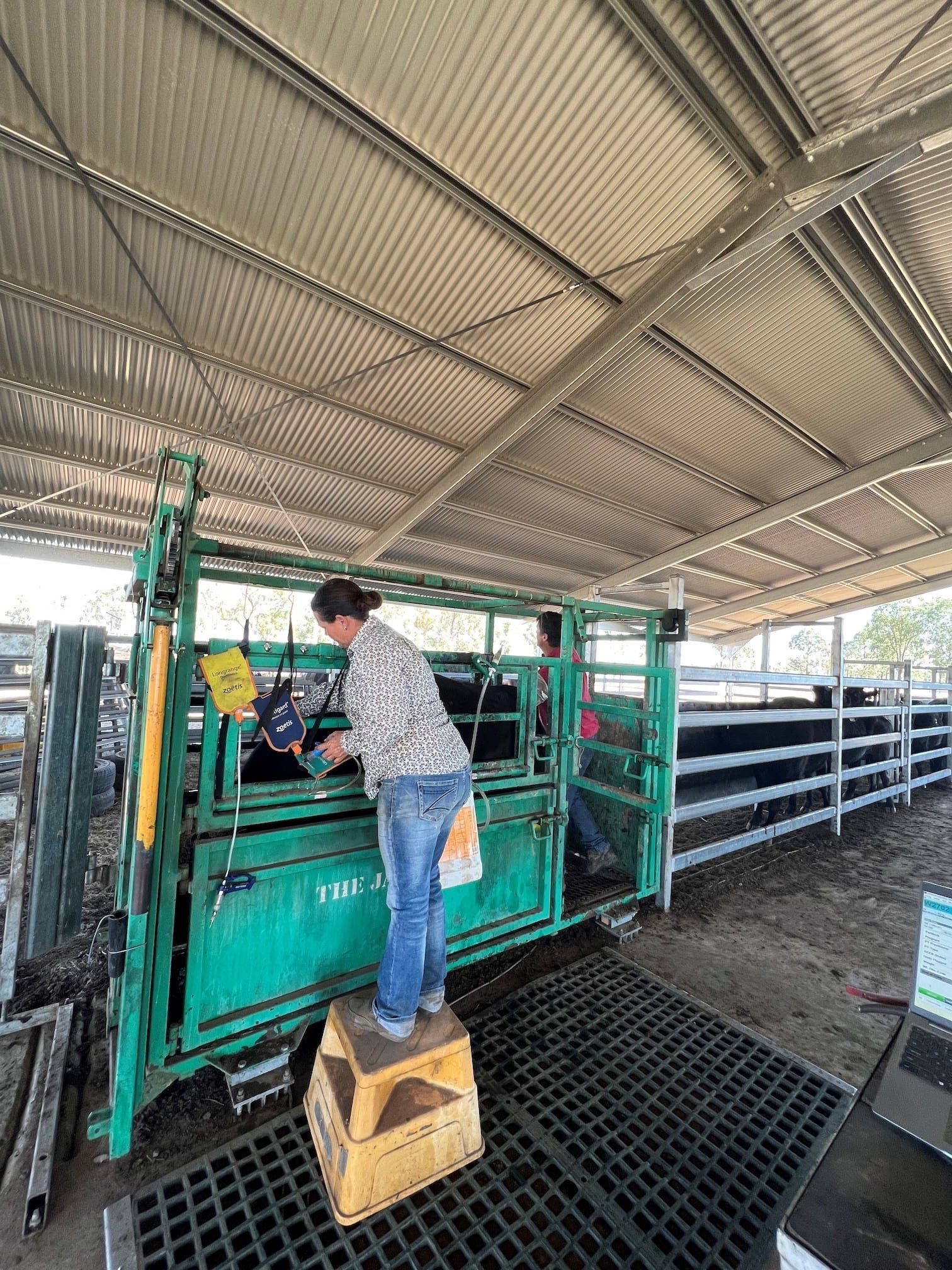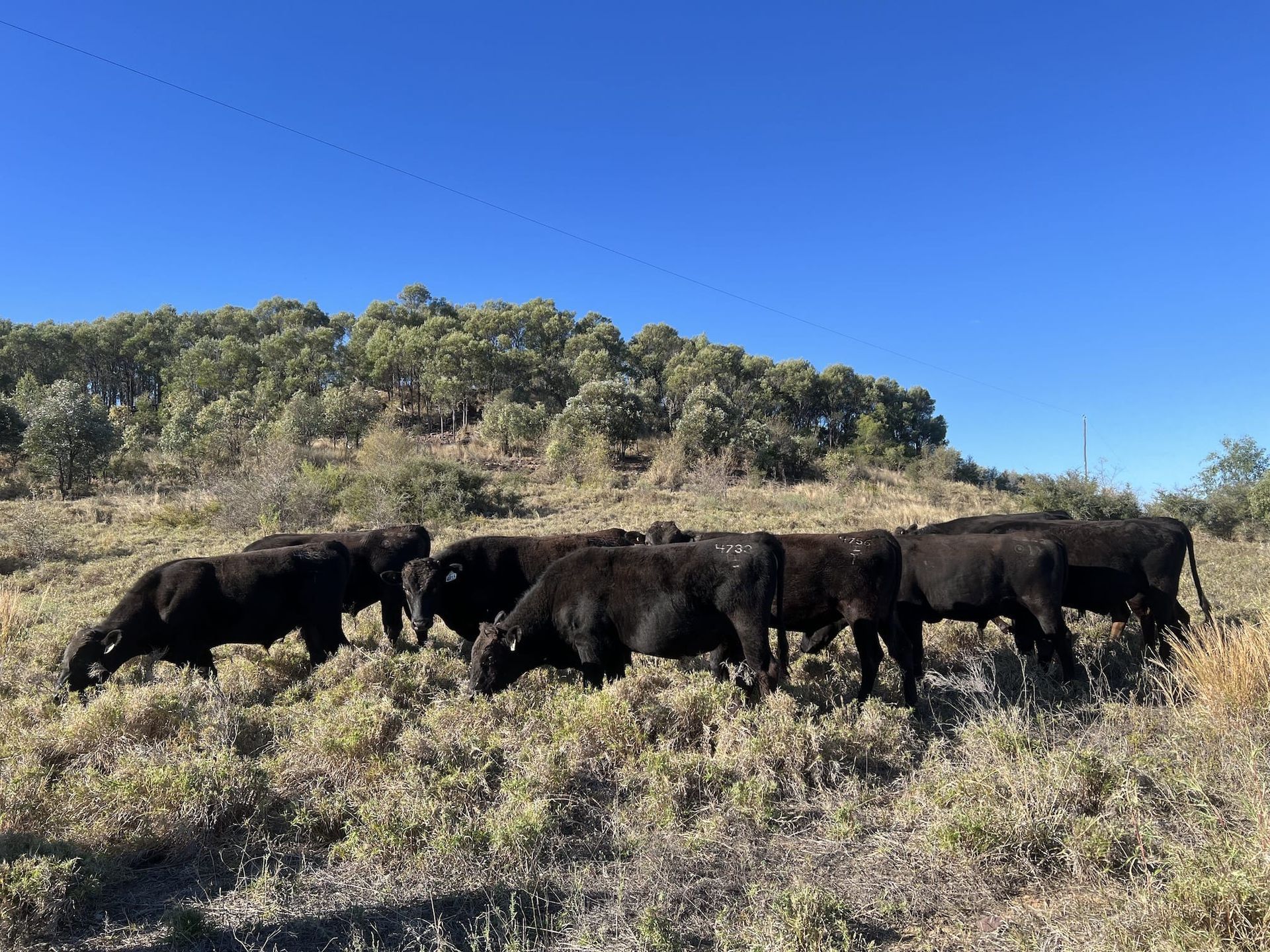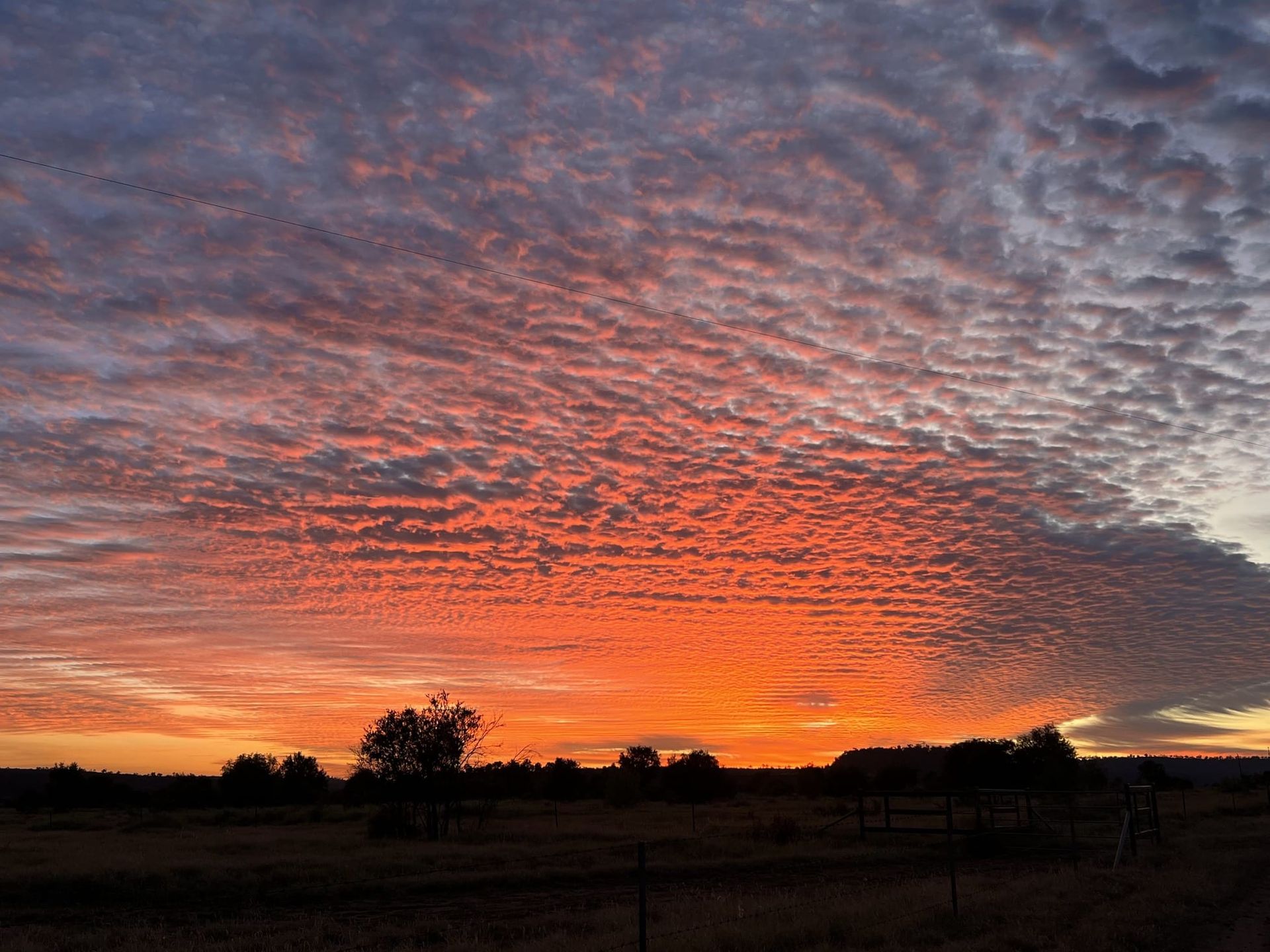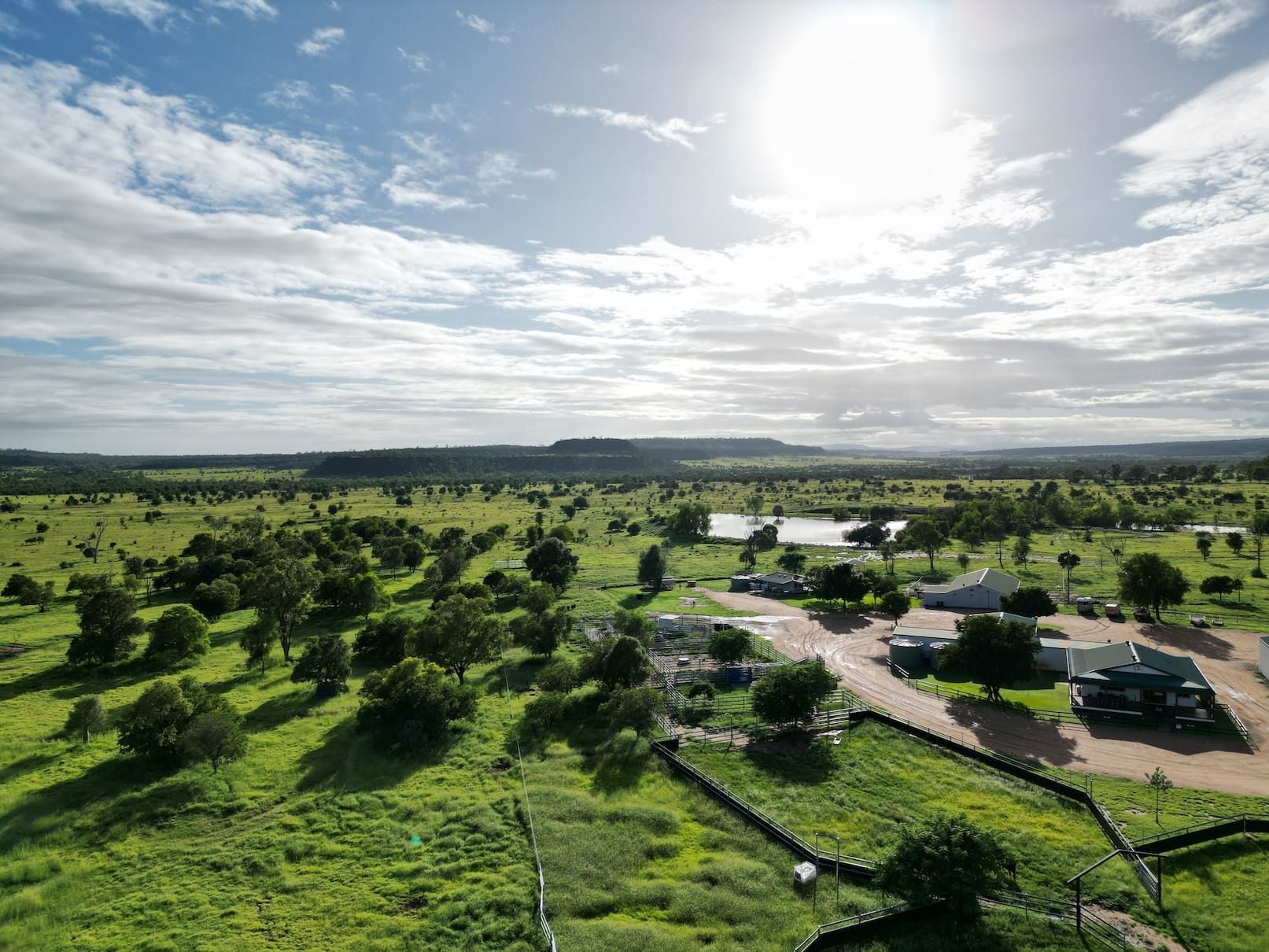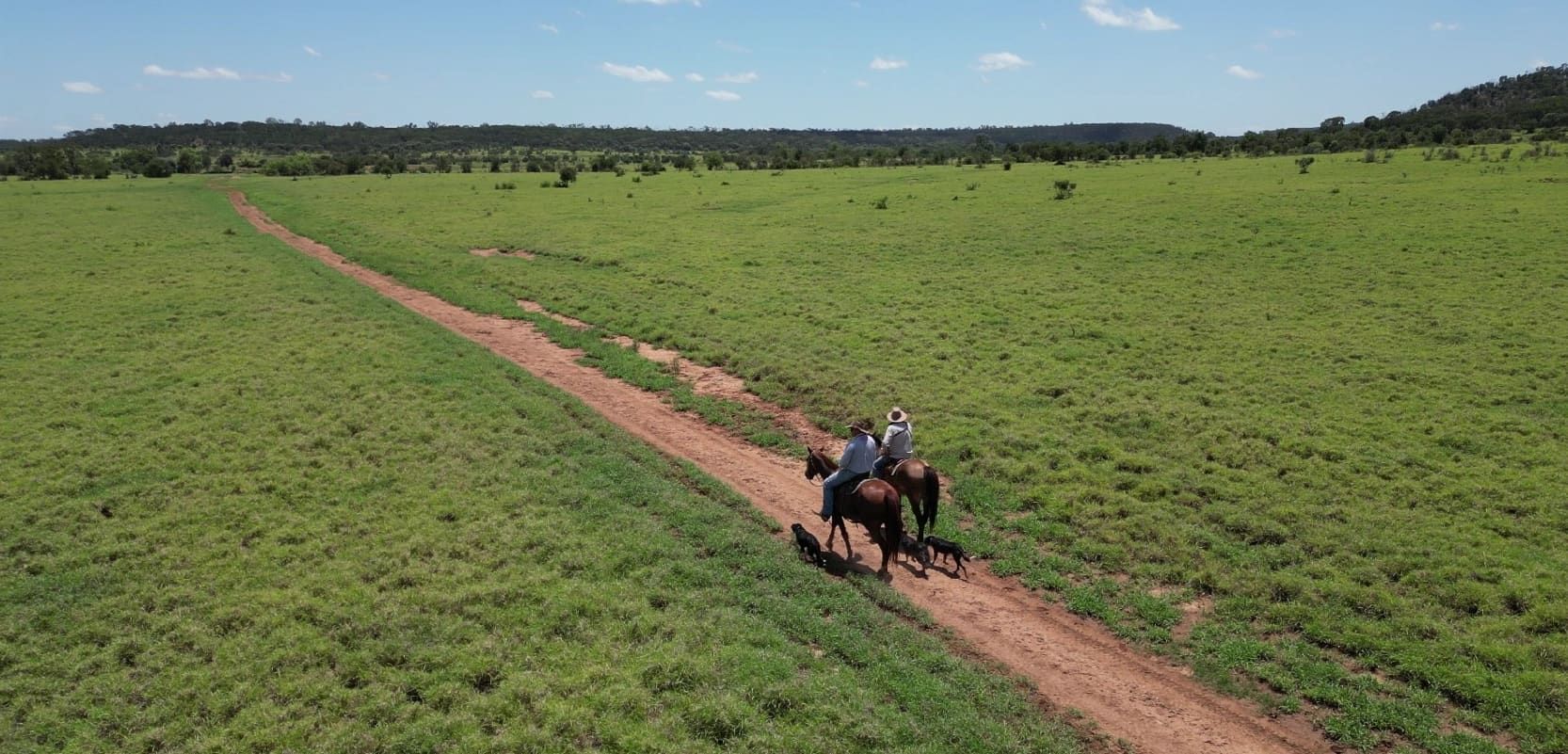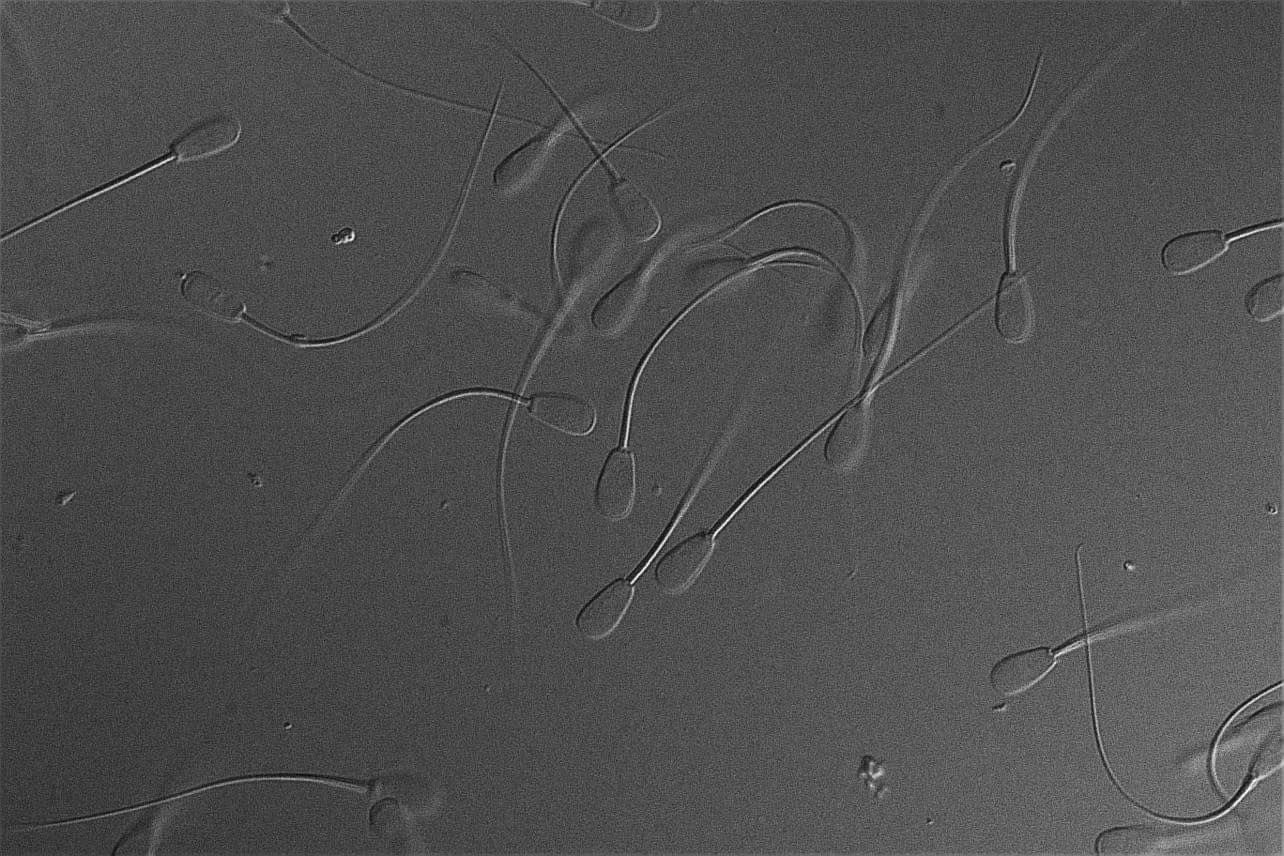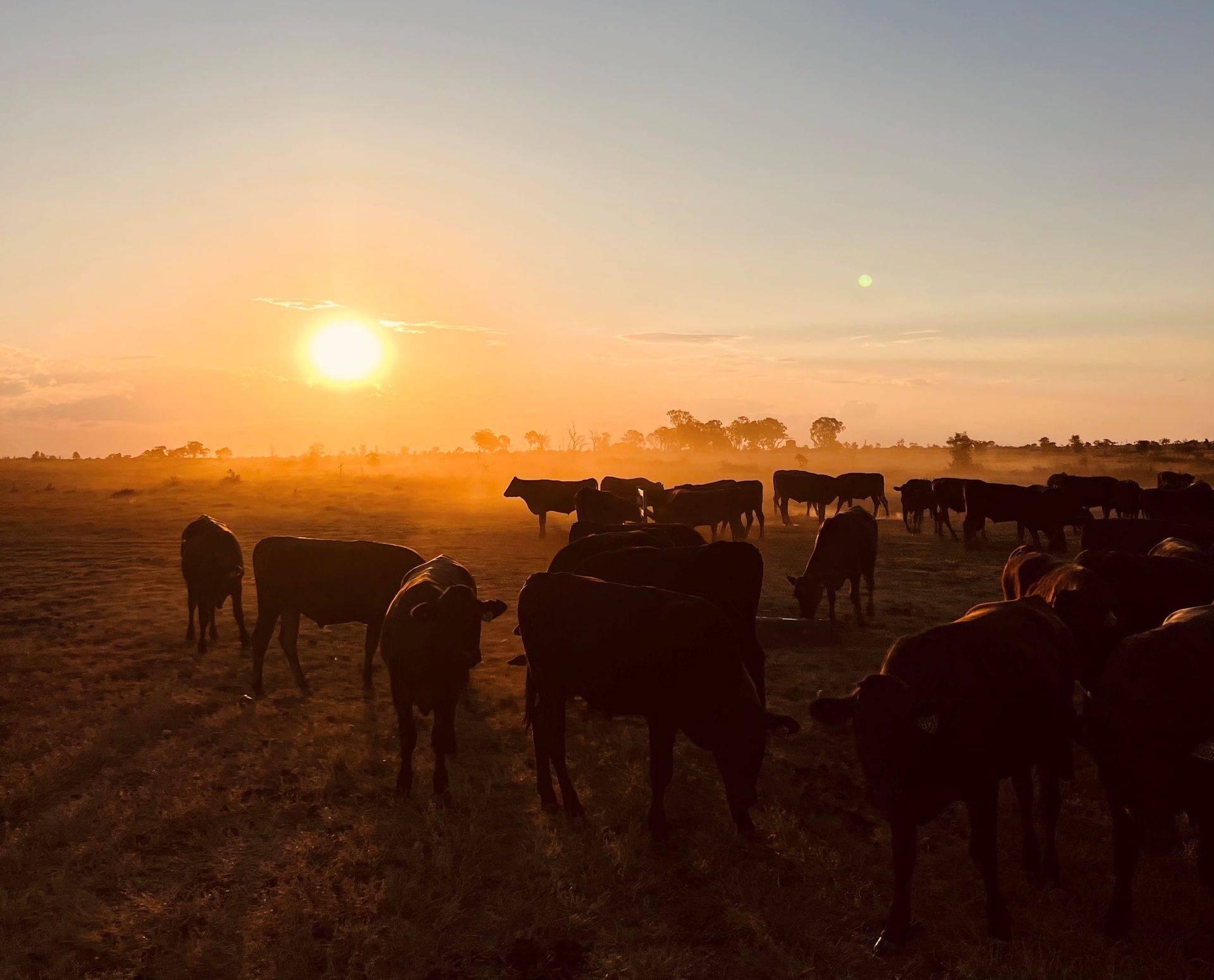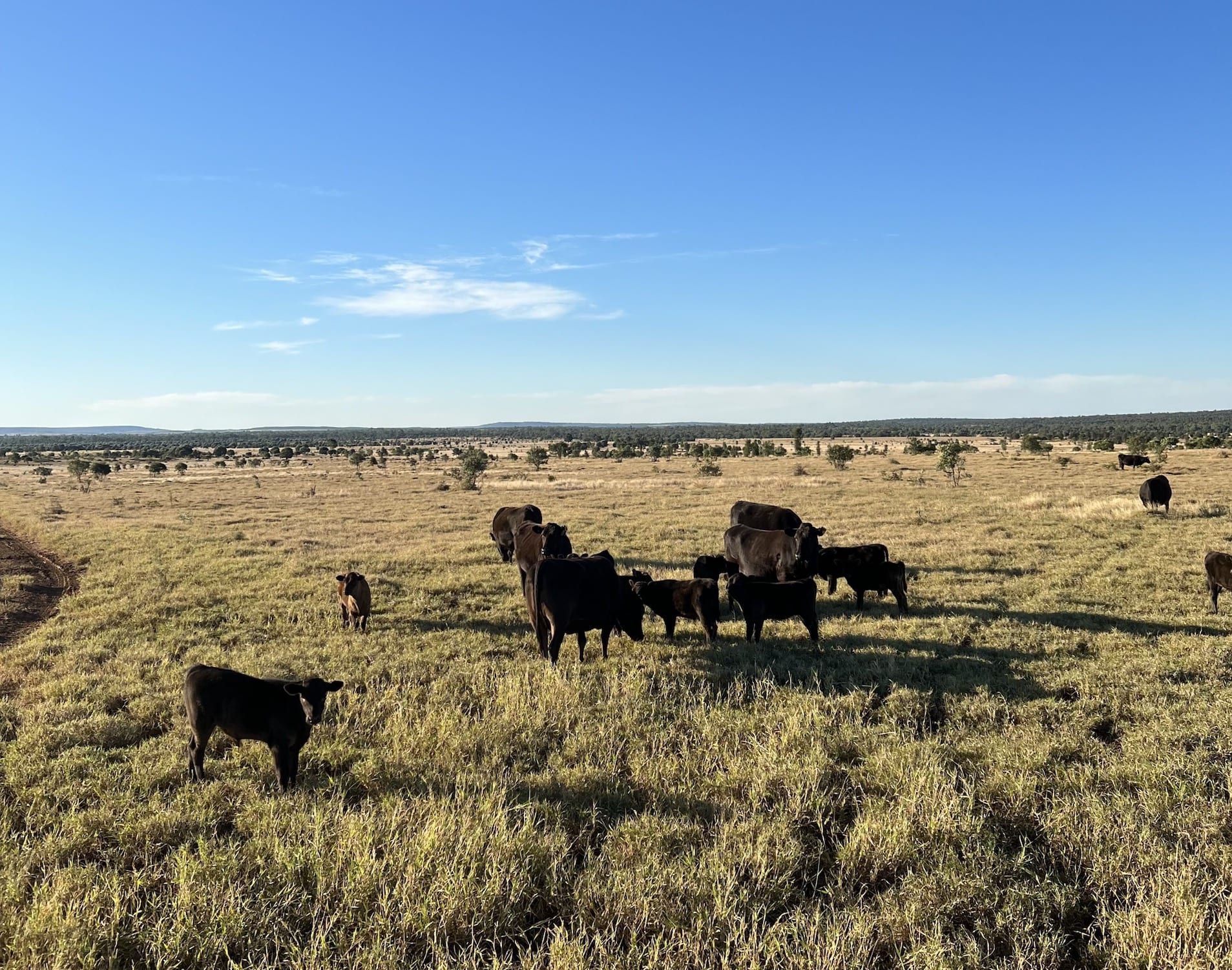More than a corn meat sandwich…
Rural people are the passionate type, and it would be fair to say that we put a lot of effort into the diets of our stock, think about our horses for example! However, patterns show, that we don’t hold as much value to what we, ourselves, are eating…
We don’t need to look far to find a level of hypocrisy around the lifestyles we attain for ourselves. I have worked alongside 6ft tall men, who spend their days lifting a branding cradle 200+ times in 60% humidity, racking up 30,000 steps while running the back yards - often working from daylight to dark. Underneath the lunch tree I have seen these men consume nothing more than one, maybe two, corn meat sandwiches (made from white bread and paired with some cheese and pickles), with a side of LCM bars, pizza shapes and some store-bought chocolate biscuits. Yes, these items tick all the boxes– packing a tucker box at 4am needs to be cost effective, simple, minimal mess. But is it efficient for our bodies in the long run?
We expect our cattle to perform on the best nutritional practises science can find, yet not hold similar values and standards for ourselves?
Paul Hooper, from
Pauls Body Engineering has devoted his life to achieving maximum potential from the human body through nutrition coaching and strength training. He has a long list of accolades but now spends his time lifestyle coaching and prepping competitors for body building competitions. I was fortunate enough to chat with Paul as he gave some suggestions on how the rural community can be better supporting their health and wellbeing.
Nutritional fatigue can be caused not only by not consuming enough calories (aka, skipping meals), but also by
not
consuming nutrient dense foods when you eat. This fatigue can have a snowball effect on cognitive behaviour, injury and one that surprised me – muscle breakdown! As Paul quoted, ‘you wouldn’t try and drive your car from Brisbane to Sydney on a quarter of a tank – it goes the same with your body’.
Paul provided some tips and tricks on how to fuel our bodies for the level of activity we undertake and in what conditions:
- Hydration – he only mentioned this four or five times!
- However, what intrigued me here was his comment about making sure we are absorbing what we drink.
- Adding a pinch of Celtic or Himalayan salt to a glass of water in the morning can help with water retention, like what a hydrolyte or berrocca may.
- We may be drinking 5-6L of water a day, but are we just sweating it out?
- Breakfast!
- Consuming a sustainable breakfast that includes proteins & healthy fats is a great way to start the day. The proteins & healthy fats take longer to breakdown, ensuring longevity in performance and fullness through to a potentially later lunch.
- He recommended something like an omelette or sausages
- Overriding the mindset of not wanting to eat in the heat.
- This is an important one – we have all been there – its 40degrees and all you want is watermelon and a Powerade.
- These instances are where it is most important to override your mindset and force down some lunch. Preferably made from carbs and proteins to help spike your energy and work through the afternoon.
- Something as simple as cold rice, chicken/beef strips and some salad is all that we need.
- Fruit
- It goes without saying.
Now, after writing all this, I can feel the eye rolls and grumbles about ‘Who has time to make an omelette in the morning”. But I challenge you - we make the time on the weekend to shoe our horses, train our dogs, clean our tack and reset for the new week – why not take the time to prep meals that you can easily grab early in the mornings, that you enjoy eating and are nutritionally beneficial. Make the time to look after yourselves, like we look after our stock.
Please refer to the below links for some easy recipe’s, that are highly nutritious, easy to make
and come highly recommended. Enjoy!
- High Protein Crustless Mini Quiches
- Perfect for breaky on the go!
- Cottage Cheese Egg Salad on Cruskits
- A high protein, modern twist on a traditional egg sandwich!
- Chicken Burrito Bowl
- Perfect lunch for a hot day, refreshing – no need to warm up!
- Tip: Make it even easier by marinating chicken in ‘Grill Mates Chipotle & Roasted Garlic Dry Marinade’ from Woolies!
There are three Macronutrients our body relies on – Fats, Carbohydrates & Proteins - Understanding the purpose that each macro plays can be integral to your health and wellbeing – please refer to this youtube clip by Mind Over Munch to learn more about the specific roles each of these have regarding our body function.
If you would like some guidance to work through making positive changes in your diet and lifestyle, Paul Hooper has multiple options that he can tailor to suit your needs, from 'One Time Nutrition Plans’ to ‘Lifestyle Coaching’ including weekly check ins.
Visit his website
HERE for more information.
Also, follow him on:
Instagram: paulsbodyengineering
Facebook: Paul’s Body Engineering
Other Posts
